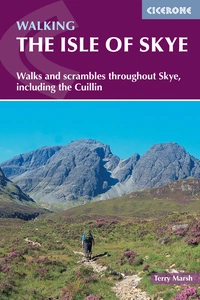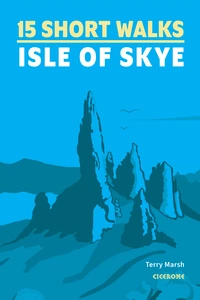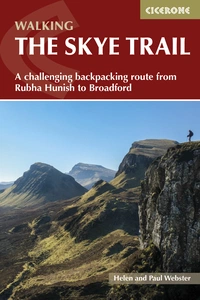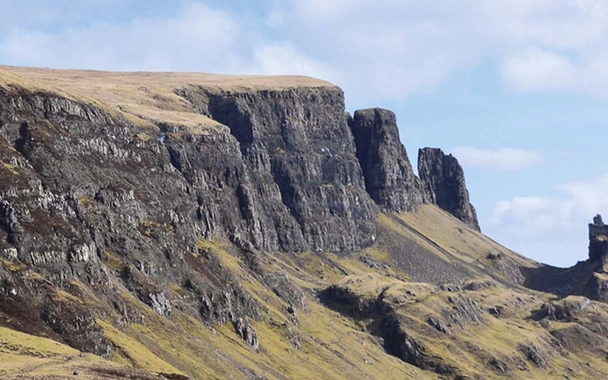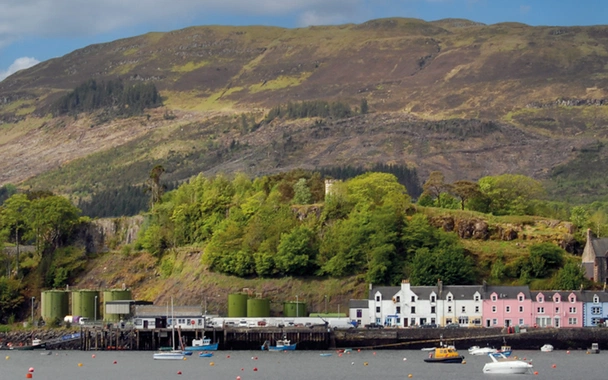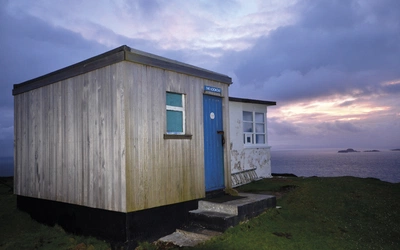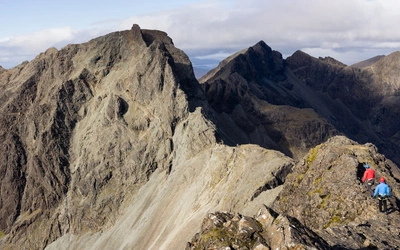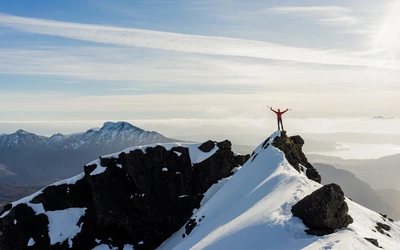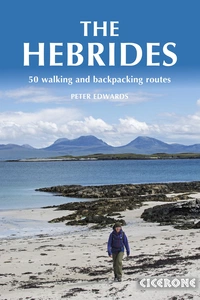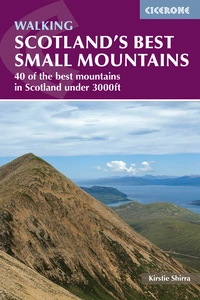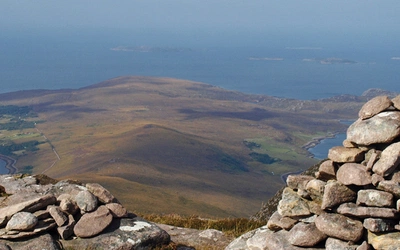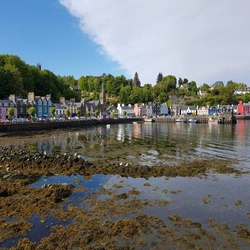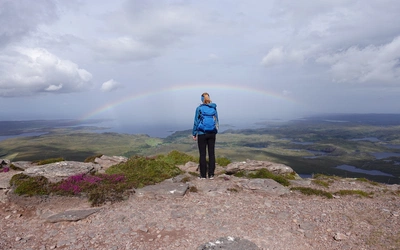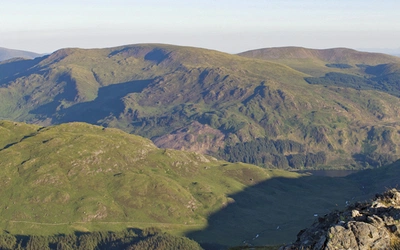Discover the Isle of Skye: a land of wonderment
The Isle of Skye is known for its majestic peaks, untamed wilderness and rugged terrain – it's rightfully one of Scotland's top locations to visit. The landscapes are sure to take your breath away, as well as the rich history, fascinating geology, abundant wildlife watching and, of course, world class climbing and hiking.
The Isle of Skye
Walks and scrambles throughout Skye, including the Cuillin
£16.95
Guidebook with 87 walks and scrambles on the Isle of Skye. Walks visit the most awe-inspiring scenery on Skye, including Sleat and south-east Skye, Strath, Minginish, Duirinish, Waternish, Trotternish and the Cuillin. Walks range from coastal walks to Munros with exposure for experienced scramblers. Includes history, geology and local information.
More informationFor starters, Skye is a geologist’s paradise, the rocks and scenery proving fascinating for specialists and non-specialists alike. At its southern end, Skye has some of the oldest rocks in the world. These rocks – in Sleat and southeastern Skye – are more than 450 million years old and include Lewisian gneiss, Torridonian sandstone, shales, schists, quartzites and limestones.
While the Hebrides lack the wildlife biodiversity of mainland Britain, Skye has a growing species range that includes the elusive golden eagle and the even more tenuous white-tailed eagle, which died out on the island in 1916 but has since been re-introduced. Around the coast, expect to see puffin, black guillemot, great northern diver, kittiwake, fulmar and gannet alongside common and Atlantic seals, basking sharks and the occasional passing pod of orca. Each of the main peninsulas of Skye has location-specific flora, including Arctic and alpine plants, which are enough to distract keen botanists for hours. Waternish fields host corn marigolds, Minginish is the place to look for fair flax and bog rush, while Sleat is the place to look for birch, hazel, cherry and hawthorn.
15 Short Walks on the Isle of Skye
£9.95
Discover 15 of the best short walks on the Isle of Skye. Each walk comes with easy-to-read Ordnance Survey maps, clear route descriptions and images, and information on beauty spots and refreshment stops. No challenging terrain or complicated navigation means that everyone can enjoy the walks.
More informationAlthough Skye has many tourist ‘hot spots’ – the Cuillin, the Old Man of Storr, the Quiraing, Neist Point and the Fairy Pools – there is so much more that could be overlooked in a list-ticking dash – Elgol and a boat trip to visit Loch Coruisg; the secluded Spar Cave; Kilt Rock and its spectacular waterfall; the Point of Sleat with its splendid view of the ‘Small Isles’ of Rum and Canna, and a search for dinosaur footprints. And, of course, there are the two dominant castles: Armadale, seat of Clan Macdonald, and Dunvegan, seat of Clan MacLeod. Skye is a weird and wonderful shape, and though Portree is the main centre, it isn’t central; that would be Sligachan-ish.
Skye is a theatre in which to walk throughout the year. Experienced walkers tend to head for the heights of the Cuillin, indisputably the finest mountains in the British Isles, as well as being the most challenging to climb. The long walk from Sligachan to Camasunary, and walks to the extremities, like to the northernmost tip at Rubha Hunish with its sea view of the Outer Hebrides, or the longer walk to Rubh’ an Dunain, let you top and tail the island. Less well-known treks, like the walk to the ruins of Dun Borrafiach, and a walk to the cleared village of Boreraig, make ideal and thought-provoking alternatives on busy days.
Skye's Cuillin Ridge Traverse
Strategies, advice, detailed topo booklet and 10 classic scrambles
£19.95
This 2-volume set provides all the information required to complete the main ridge traverse on Skye's Black Cuillin. Strategy, gear, training, navigation and logistics are covered. 10 classic Cuillin scrambles are described to use as practice routes. A lightweight second guidebook gives the scrambler detailed maps, topos and route description for the ridge traverse itself.
More informationWhile many rush around the best-known sights of the island in a few days, for those who wish to experience Skye properly, there can be few better ways than by tackling the Skye Trail. The challenging route provides the walker with a week-long tour of Skye’s most iconic landforms – including the Trotternish ridge and the Cuillin ridge – as well as of its turbulent history, from the Iron Age forts to the ruins of the Clearance villages.
For those who love walking, particularly those experiencing Skye for the first time, the island offers a mesmerising array of landscapes to explore. Skye is a place of wonder and boasts diverse and awe-inspiring natural beauty just waiting to be discovered. Whether it's the majestic Cuillin mountains or the enchanting beaches, Skye's landscapes promise unforgettable adventures and discoveries around every turn.
The Skye Trail
A challenging backpacking route from Rubha Hunish to Broadford
£14.95
This guidebook describes The Skye Trail, a challenging week-long trek across the largest island in Scotland's Inner Hebrides, the Isle of Skye. From Rubha Hunish in the north, the Skye Trail heads along the Trotternish Ridge and past the Cuillin to Broadford in the south. Suitable for experienced backpackers and mountain walkers.
More informationRead more on the Isle of Skye...

